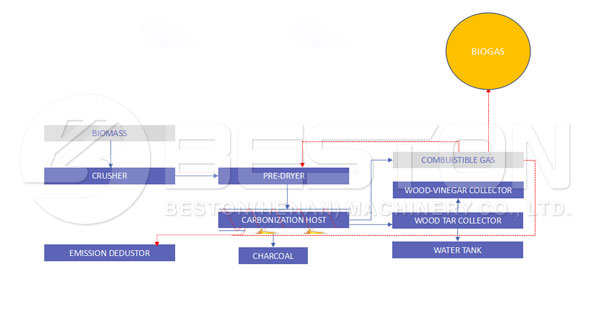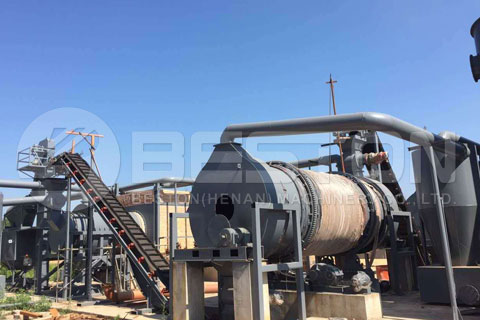When most people hear the word ‘charcoal’, they think about hardwood that used in furnaces, or grills for cooking, etc. However, charcoal can also be made from a tiny piece of a bamboo branch. The following article will discuss the two different ways to make bamboo charcoal. More about the bamboo charcoal kiln.

Making Bamboo Charcoal Without A Bamboo Carbonization Machine
Yes, you can make bamboo charcoal without using a charcoal production plant. You will need to gather some supplies before starting the process. The only supplies you will need are:
– Aluminum foil
– A few pieces of dried bamboo branch
– An alcohol (spirit) lamp
The first thing that you will need to do is wrap the tiny bamboo branches into the aluminum foil. You may want to wrap several layers of aluminum foil around the bamboo sticks to protect and seal them while keeping the air intact.
Then, you will want to use an ice pick, pin or another sharp object to gently poke tiny holes in the aluminum foil. This will prevent the foil from bursting open once the trapped air starts to expand due to the heat.
You will then need to take a piece of wire mesh and place it on top of the lamp, and then place the aluminum wrapped bamboo sticks on top of the mesh.
Light the lamp so the bamboo inside of the aluminum foil can begin to dry. You will be able to see white smoke flow out of the holes, and the foil will turn yellow.
Be aware, this smoke can produce an unpleasant odor. So, you may want to complete this process outside or open the windows before you begin.
Once the aluminum foil turns a yellowish color, it means the process is complete. The aluminum foil turns yellow due to the bamboo tar.
Never open the aluminum foil until it has cooled completely. Keep in mind that heat can cause the charcoal to easily break.

Bamboo Carbonization
This is another way that bamboo can be turned into charcoal. The carbonization process can be divided into four different stages depending on the temperature and other factors that occur in the carbonization machine.
The first stage is known as the drying stage. The temperature is below 248 degrees F. The carbonization speed is very slow at this stage. The heat is used to help dry the bamboo, but the chemical composition of the branches is still intact.
The second stage is known as precarbonization. In this phase, the temperature is between 248 degrees F and 500 degrees F. During this phase, there is a distinct chemical change that occurs in the bamboo. The chemical compounds become unstable and start to decompose. Both carbon monoxide and carbon dioxide are released.
The next stage is known as carbonization. During this phase, the temperature ranges between 500 degrees F and 842 degrees F. This is when the bamboo is decomposed and converted into gas and liquid products.
The last stage is known as calcinations. Also referred to as the refining stage, the temperature is above 842 degrees F. The bamboo becomes charcoal by offering a mass of heat and emitting volatile substances while enhancing nonvolatile carbon.